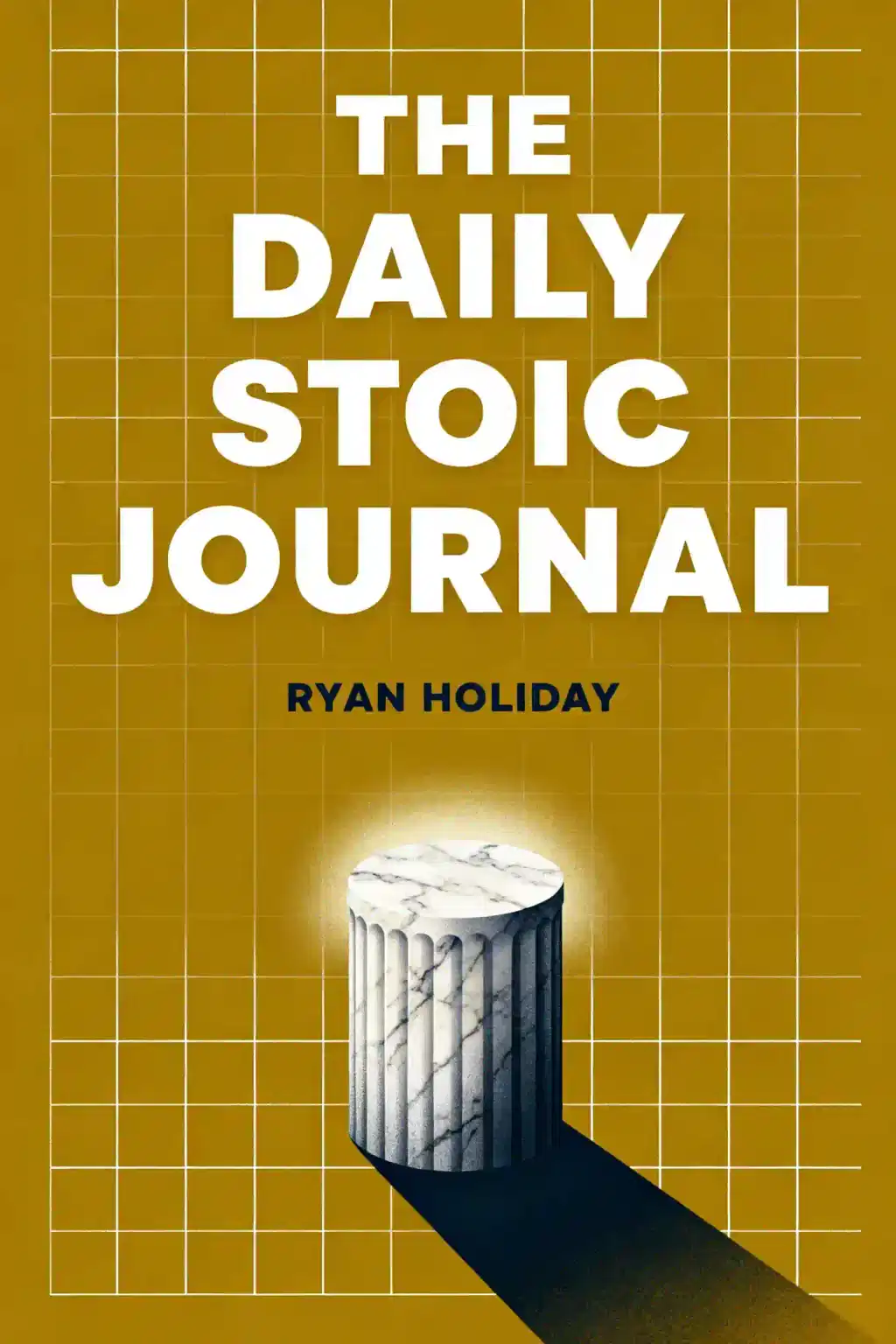What is
How to Be a Stoic by Massimo Pigliucci about?
How to Be a Stoic merges ancient Stoic philosophy with modern life, offering practical advice on managing stress, anxiety, and uncertainty. Structured as a dialogue with the Stoic teacher Epictetus, it explores principles like focusing on controllable factors, cultivating resilience, and applying virtues like wisdom and courage. Pigliucci combines philosophy with science, providing exercises like negative visualization and journaling.
Who should read
How to Be a Stoic?
This book is ideal for readers seeking tools to navigate life’s challenges, including professionals, students, or anyone interested in self-improvement. It appeals to fans of philosophy, psychology, or mindfulness practices, particularly those drawn to practical, actionable frameworks over abstract theories.
Is
How to Be a Stoic worth reading?
Yes. Critics praise its clarity, relevance, and blend of historical wisdom with modern science. Endorsed by Tim Ferriss and Donald J. Robertson, it’s called a “field manual” for applying Stoicism to daily stressors like relationships, careers, and societal pressures.
What are the main Stoic principles in
How to Be a Stoic?
Key principles include the dichotomy of control (focusing only on what you can influence), virtue ethics (prioritizing wisdom, courage, justice, and temperance), and amor fati (embracing fate). Pigliucci emphasizes Epictetus’s teaching: “We must make the best of those things that are in our power”.
How does Massimo Pigliucci apply Stoicism to modern life?
Pigliucci uses relatable examples: handling traffic jams calmly, reframing criticism constructively, and managing health concerns. He advocates “spiritual exercises” like morning reflections and premeditating challenges to build resilience.
What Stoic exercises are recommended in
How to Be a Stoic?
The book suggests practices such as:
- Negative visualization (imagining worst-case scenarios to reduce fear).
- Journaling to review daily actions against Stoic ideals.
- Voluntary discomfort (e.g., fasting) to build gratitude.
How does
How to Be a Stoic handle fear and anxiety?
It teaches readers to distinguish between controllable and uncontrollable factors, urging acceptance of the latter. For instance, during the pandemic, focusing on hygiene (controllable) rather than case numbers (uncontrollable) reduces anxiety.
How does
How to Be a Stoic compare to other Stoic books?
Unlike purely historical texts, Pigliucci’s work integrates neuroscience and psychology, offering a conversational tone. It’s often paired with Meditations by Marcus Aurelius for its practical exercises.
What are the criticisms of
How to Be a Stoic?
Some readers argue Stoicism may seem emotionally detached in relationships (e.g., ignoring a partner’s frustration). Others find the dialogue format with Epictetus forced or desire deeper critiques of Stoicism’s limits in modern society.
Why is Stoicism relevant today according to
How to Be a Stoic?
The book highlights Stoicism’s utility in addressing modern crises like climate change, political polarization, and burnout. By focusing on ethical action and emotional regulation, it offers a counterbalance to societal overwhelm.
What is Massimo Pigliucci’s background in philosophy?
Pigliucci is a professor of philosophy at CCNY, transitioning from evolutionary biology to philosophy. He’s written for The New York Times and authored 16 books, blending scientific rigor with accessible insights into ethics and critical thinking.
What are key quotes from
How to Be a Stoic?
Notable quotes include:
- “The chief task in life is simply this: to identify and separate matters so that I can say clearly to myself which are externals…and which have to do with the choices I actually control.” —Epictetus.
- “The soul becomes dyed with the color of its thoughts.” —Marcus Aurelius.














